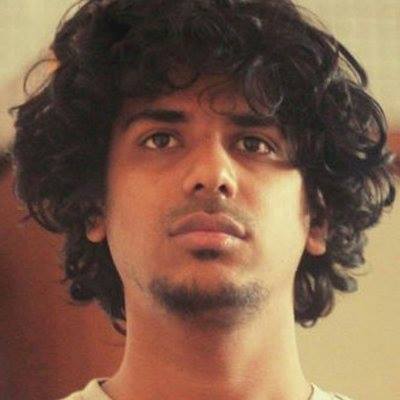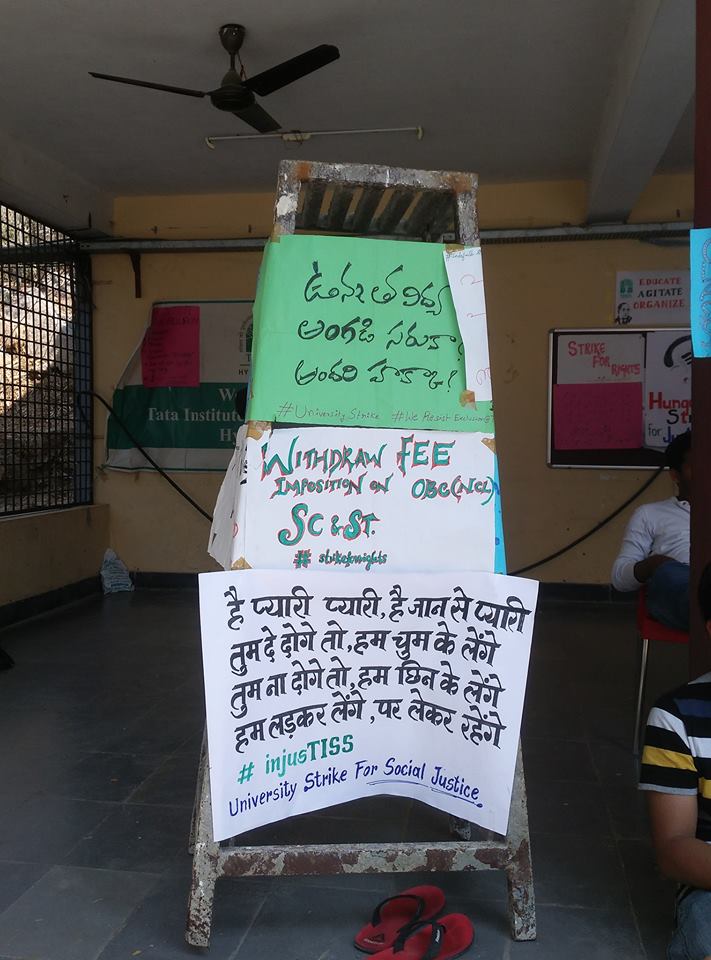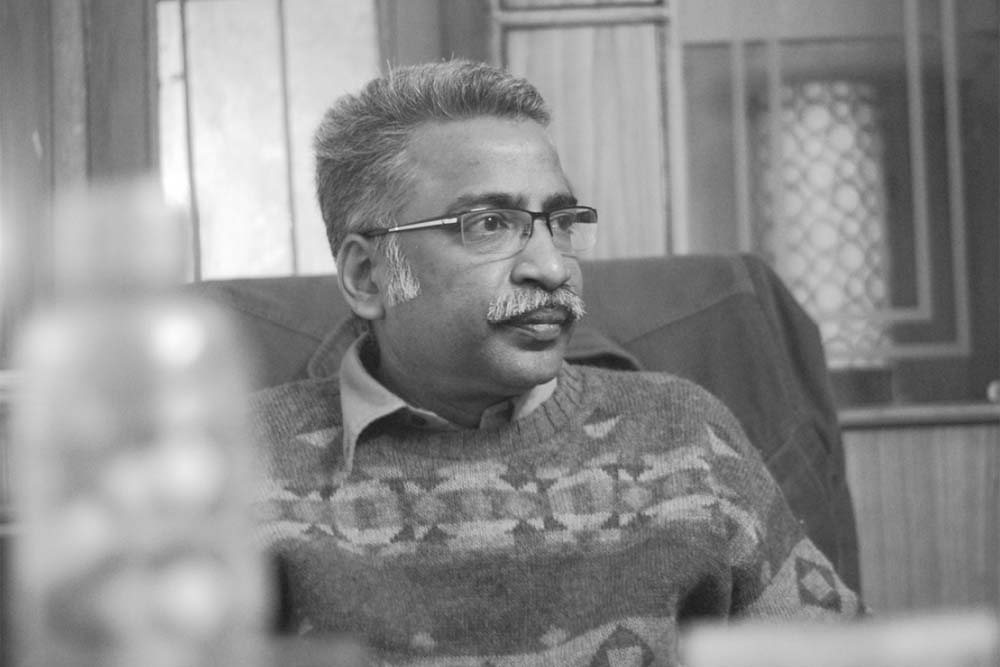Kaustubh Naik
 Attempts to rewrite, and often overwrite, historical narratives have to be always critically examined. This critical examination is especially important in timeswhen people learn their history through mediums which are motivated by agendas of various hues and colours. In light of this context, Vande Mataram, a play that was recently staged in Goa must necessarily be understood in the context of the India’s current socio-political environment.
Attempts to rewrite, and often overwrite, historical narratives have to be always critically examined. This critical examination is especially important in timeswhen people learn their history through mediums which are motivated by agendas of various hues and colours. In light of this context, Vande Mataram, a play that was recently staged in Goa must necessarily be understood in the context of the India’s current socio-political environment.
Vande Mataram, a play performed by Goa based cultural outfit Krutarth, claims to celebrate the revolutionaries who resorted to arms for India’s independence movement, since school textbooks and dominant historical discourses have been allegedly unjust to them.There is good reason to believe that the desire to stage a play having dangerous nationalist tones is not innocent given the antecedents of this group. Some years back, the same set of people under a different banner, were instrumental in staging a performance of the play Jaanata Raja. This latter play written by the Pune based writer Babasaheb Purandare, achieved notoriety for positing Shivaji, an iconic historical figure, as a reincarnation of Shiva and a saviour of the Hindu religion.
Jaanata Raja was unmistakably a project to appropriate Shivaji by the Hindu Right. Hence, there is good reason to be critical when the same set of people stage a play championing the militants who formed part of India’s anti-colonial struggle. Also, like Jaanata Raja, Vande Mataram too is not an ordinary proscenium play but a spectacle that employs huge sets, stage gimmicks, large mobs etc. used as theatrical devices to create an impact on the audience. Spectacle performance was a genre that was heavily used by Fascist regimes in inter-war Europe. A number of scholarly works have pointed out that the effect of the spectacular is that it creates conditions that make reason subservient to passion. It is for this reason that one should always be alert to the use of the spectacular.
The play begins with showcasing how ‘Indian’ society was content and free before the arrival of British. The narrative suggests that it was only after the East India Company pitched their tent in Calcutta that the people of the land were deprived of their freedom. This assumption is fundamentally flawed as it totally neglects the modes of oppression existent in pre-colonial India, predominantly the caste system. Those at the bottom of the caste hierarchy were treated and discriminated in most heinous ways and deprived of their basic needs such as water and food. Knowledge acquisition and economic avenues were concentrated in the hands of a few dominant castes. As the English songwriter Billy Bragg famously said, “Freedom is merely a privilege extended, unless enjoyed by one and all”, freedom was indeed a privilege available to only a chosen few in pre-colonial India. Sadly it is only those chosen few who have had tools and avenues to write about the “history” of India’s freedom struggle.
Interestingly, the play does mention caste system as one of the evils that affected the Indian society.Somewhere in the middle of the play, actors portraying Mahatma Phule and Savitribai hurriedly make an entry on stage to eradicate caste along with other evils such as Sati, female illiteracy and widow tonsure. The list of reformers who tried to eradicate these social evils during British India is read out which includes Phule, Shahu, Raja Ram Mohan Roy and Annie Besant. Conveniently ‘forgotten’ in that list is the name of Dr. Ambedkar. Perhaps Dr. Ambedkar would have been partly happy not to find his name alongside that of Raja Ram Mohan Roy and Annie Besant for their problematic views on caste, especially the ways they both imagined to eradicate caste discrimination. However, it is surely a sacrilege to not mention him in a historical narrative that claims to be concerned with India’s Independence movement. The conscious semiotic choices made by the makers of the performance, for example, having a Muslim character appear in mobs at regular intervals, to not come across as a propagandist Hindu narrative of Indian independence falls flat with this careful exclusion of Ambedkar.
The aversion towards recognising the role of Dalits in the Indian Independence movement is not a new phenomenon. The revolutionaries that the performance mentions have always been part of dominant historical narratives. Names like Mangal Pandey, Anant Kanhere, Vasudev Phadke find a mention in text books because the writers of these same books have never been unjust to upper caste revolutionaries. It is names like Jhalkaribai, Gangu Baba, and Avanti Bai that never find a mention in mainstream historical discourses. Ambedkar is not just an individual but exemplifies the entire Dalit consciousness that launched a strong rebellion against the Indian society that was infested with the rot of caste system. That he chose thoughts as his weapons makes him no less a revolutionary. But then, failing to mention him shouldn’t be surprising. Brahmins sunk in their Hindutva arrogance would never even utter Ambedkar’s name, let alone give him his due credit for an inclusive imagination of India.
The play celebrates those who resorted to armed struggle for achieving independence and at various junctures shows an apparent revulsion towards people like Gandhi who resorted to non-violent means to achieve freedom. That it essentially celebrates violence is as problematic as its reductive positioning of armed struggle vis-à-vis non-violence. Also, this positioning could be further complicated in the contemporary times when the people of Kashmir and the North Eastern regions of the country have resorted to armed struggle to separate themselves from the hegemonic Indian state and its army. If violence against the colonial state is celebrated, how is it, then, that people who take part in these “freedom” struggles against a state that they see as colonial are judged terrorists and not patriots?
The answer to this question is that the dominant imagination in the country sees India as the land of Hindus. Any individual or a movement trying to disrupt this imagination is labelled anti national, maoist, naxalite or terrorist. As and when this Hindu imagination is disturbed, discourses are manufactured and theories are spun to normalise this imagination through various networks. Performances like Vande Mataram are part of these normalisation scheme that want to restore this imagination by carefully side-lining contributions of people and systematically erasing discourses that essentially challenge this very imagination.
~~~
Kaustubh Naik hails from Goa and currently pursuing Masters in Performance Studies at Ambedkar University, Delhi. His research interests include ritual performances, caste, language and identity in Post-colonial Goa.









